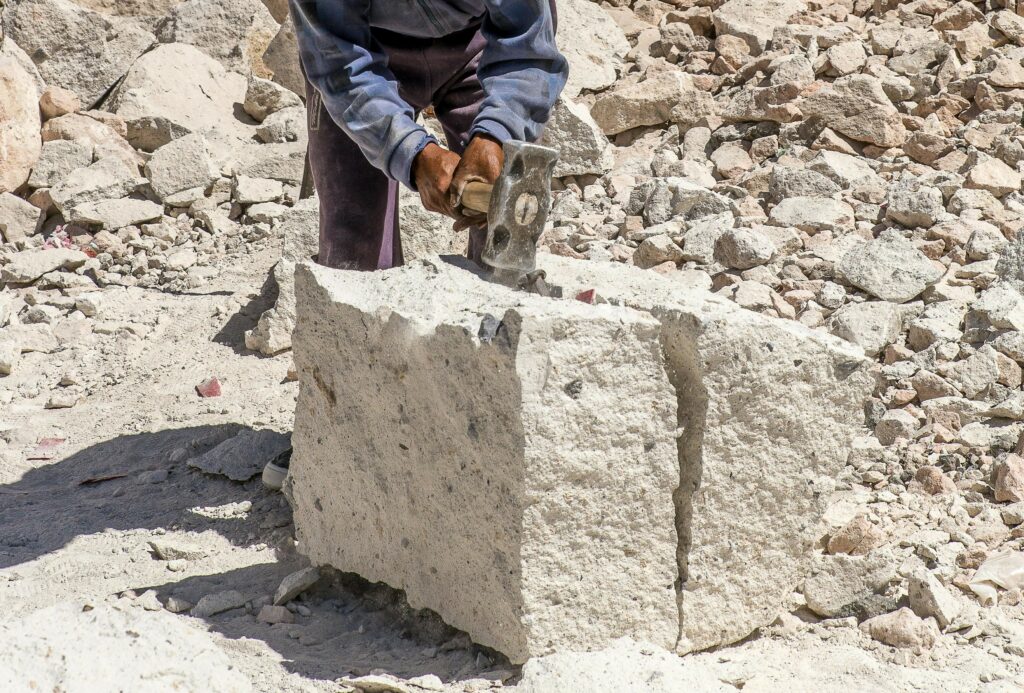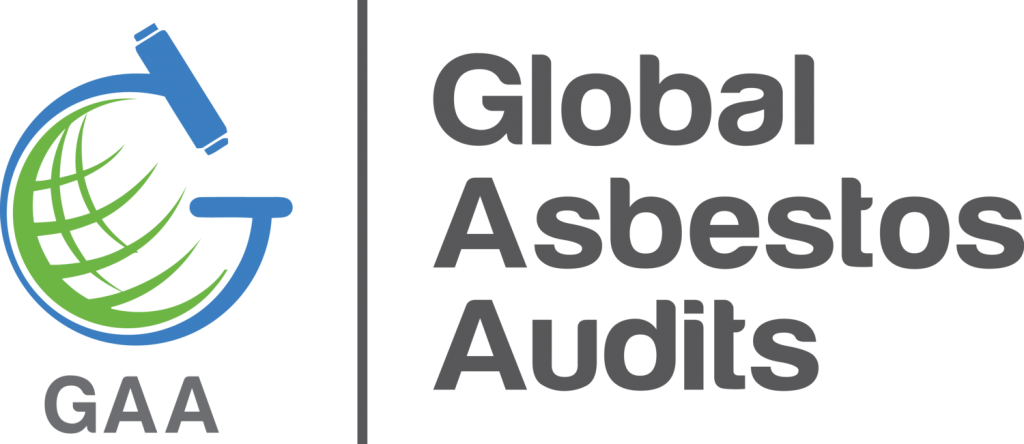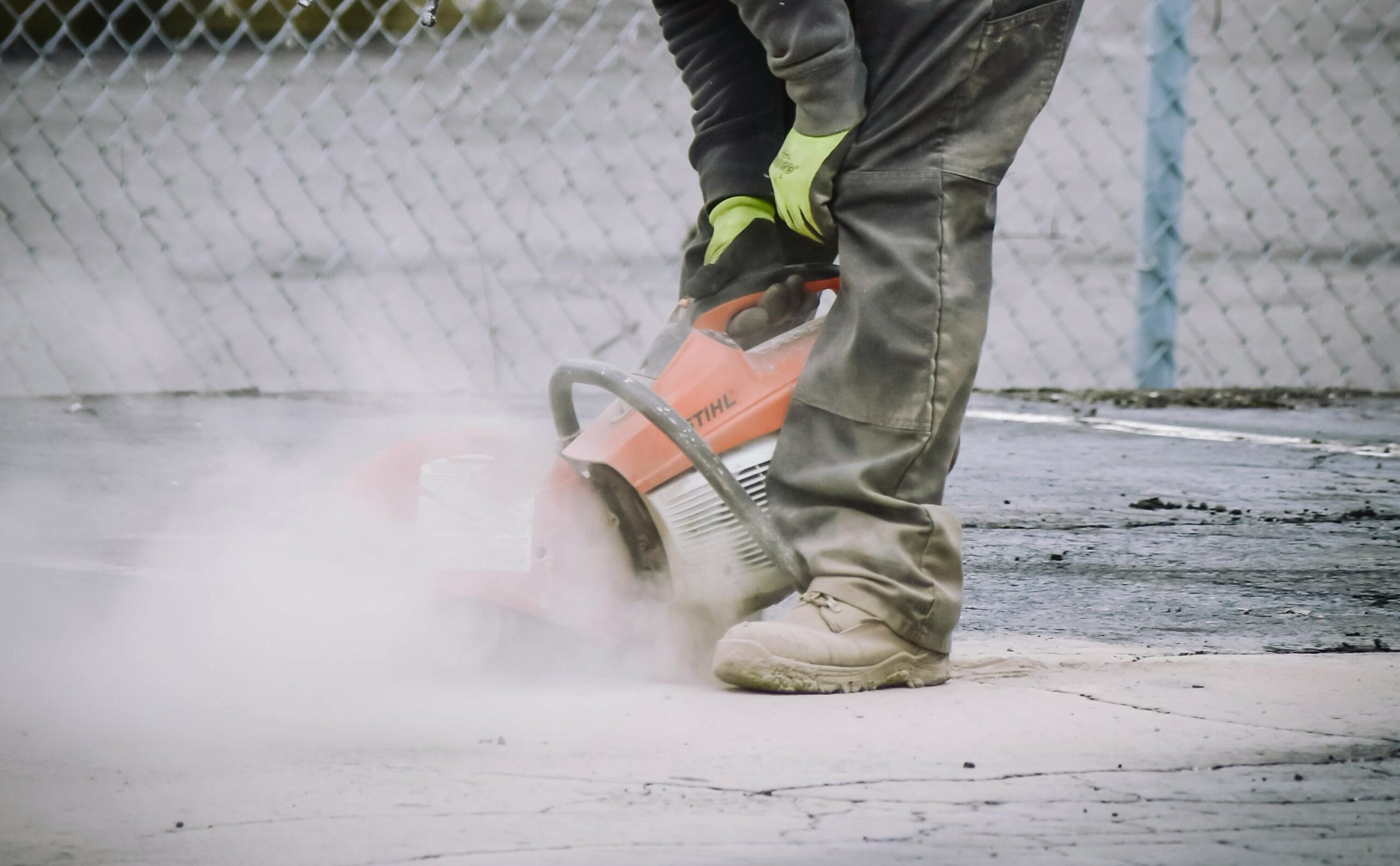Crystalline silica is a naturally occurring mineral found abundantly in construction materials such as stone, rock, sand, gravel, and clay. When these materials are processed, silica dust is released into the air as respirable crystalline silica – microscopic particles small enough to penetrate deep into the lungs. This dust poses severe health risks, potentially causing silicosis, a debilitating and irreversible lung disease, as well as lung cancer and other respiratory conditions.
High-Risk Activities and Potential Crystalline Silica Exposure Sources
Various industrial and construction activities generate hazardous silica dust concentrations. Common exposure scenarios include fabricating engineered stone countertops, particularly during cutting, grinding, and polishing operations. Construction and demolition work involving concrete, brick, or stone materials presents significant risks, especially when using dry-cutting methods. Activities such as angle grinding, jack hammering, and masonry work can produce dangerous levels of respirable silica dust.
The Silica National Strategic Plan 2024-30
In response to the concern about the re-emergence of silicosis cases in Australia, the government has implemented the Silica National Strategic Plan 2024-30. This comprehensive initiative represents a coordinated national approach to addressing silica-related diseases. Developed through extensive consultation with stakeholders, including affected workers, industry representatives, unions, health professionals, and regulatory bodies, the plan establishes a framework for prevention and support.
Strategic Objectives and Implementation of the Silica National Strategic Plan
The plan articulates three primary aims: eliminating silica-related diseases in Australia, providing support for affected individuals and their families, and establishing Australia as an international leader in silica dust management. Each aim is supported by a detailed national action plan, ensuring systematic implementation across all jurisdictions.
Regulatory Framework and Compliance
Work Health and Safety (WHS) laws across Australian jurisdictions mandate specific requirements for businesses managing silica dust risks. These regulations include maintaining exposure levels below prescribed standards and implementing mandatory health monitoring programs for workers. While the fundamental principles remain consistent nationwide, specific requirements may vary by state or territory.
Professional Silica Dust Monitoring and Risk Management

Various industrial and construction activities generate hazardous silica dust concentrations. Common exposure scenarios include fabricating engineered stone countertops, particularly during cutting, grinding, and polishing operations. Construction and demolition work involving concrete, brick, or stone materials presents significant risks, especially when using dry-cutting methods. Activities such as angle grinding, jack hammering, and masonry work can produce dangerous levels of respirable silica dust.
The Silica National Strategic Plan 2024-30

In response to the concern about the re-emergence of silicosis cases in Australia, the government has implemented the Silica National Strategic Plan 2024-30. This comprehensive initiative represents a coordinated national approach to addressing silica-related diseases. Developed through extensive consultation with stakeholders, including affected workers, industry representatives, unions, health professionals, and regulatory bodies, the plan establishes a framework for prevention and support.
Strategic Objectives and Implementation of the Silica National Strategic Plan
The plan articulates three primary aims: eliminating silica-related diseases in Australia, providing support for affected individuals and their families, and establishing Australia as an international leader in silica dust management. Each aim is supported by a detailed national action plan, ensuring systematic implementation across all jurisdictions.
Regulatory Framework and Compliance
Work Health and Safety (WHS) laws across Australian jurisdictions mandate specific requirements for businesses managing silica dust risks. These regulations include maintaining exposure levels below prescribed standards and implementing mandatory health monitoring programs for workers. While the fundamental principles remain consistent nationwide, specific requirements may vary by state or territory.
Professional Silica Dust Monitoring and Risk Management

Global Asbestos Audits offers specialised expertise in crystalline silica air monitoring and regulatory compliance across all Australian jurisdictions. Our professional services help property owners and contractors implement effective dust control measures, conduct appropriate air monitoring, and maintain compliance with relevant WHS regulations.
Global Asbestos Audits experienced consultants and assessors comprehensively assess workplace exposure risks and develop tailored management strategies. This expertise is particularly valuable given the complex nature of silica dust control and the varying regulatory requirements across different states and territories.
Support and Resources
The implementation of the Strategic Plan is supported by various resources, including Safe Work Australia’s Health Monitoring Guide for Crystalline Silica. These materials provide practical guidance for businesses and workers in managing silica dust risks effectively. For specific advice on local requirements and professional monitoring services, Global Asbestos Audits offers expert consultation and support.

